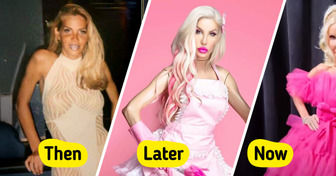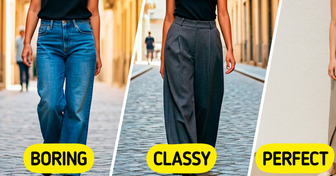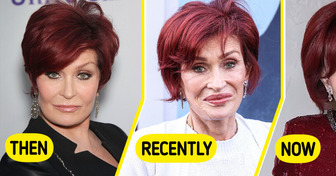Girl Undergoes Surgery to Reduce 22-Pound Breasts, Revealing the Harsh Reality of Gigantomastia

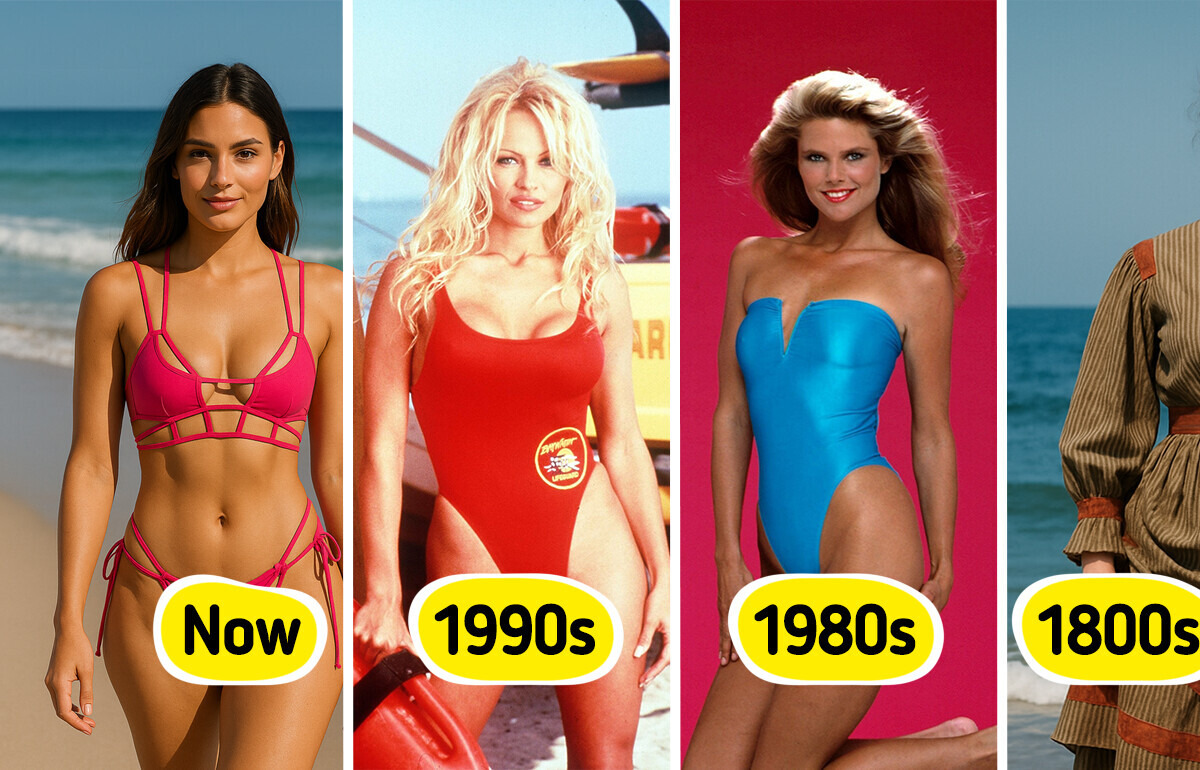
In the early 1800s, the first swimsuits for women were known as “bathing costumes” — modest, full-coverage garments designed more for decency than comfort or function. As time went on, swimwear underwent a dramatic transformation. Each passing decade introduced new styles, reflecting changing attitudes toward fashion, freedom, and body image. From ankle-length bathing gowns to high-cut bikinis, the evolution of swimwear tells a fascinating story of shifting cultural norms and growing personal expression. What began as practical, conservative attire has become a symbol of style, confidence, and individuality.
The 1800s marked the start of women’s swimwear. Most of what the women wore for a dip back then was long and modest. The swimsuits were also worn with belts to complement the silhouette at the time.
Bathing suits were made of either wool or flannel, which could prove difficult to swim in because of its heavy weight when wet. 19th-century women donned on socks and shoes along with their bathing costumes to protect their feet from rocks and seashells lurking under the water.
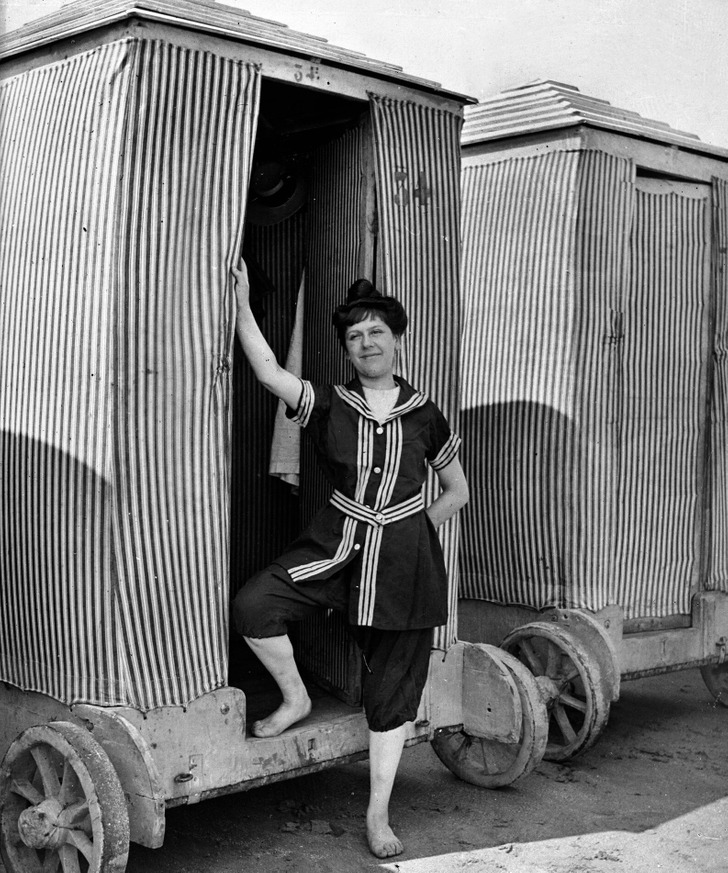
With the advent of railway transport, people could travel thousands of miles with ease, which boosted tourism and led to the rise of popular seaside resorts. However, members of the upper class were not accustomed to undressing in public, creating a need for modest beachwear. Early women’s swimsuits featured a dress worn over loose-fitting pants, while men typically wore knee-length trunks paired with a top to conceal their chest hair.
Another curious aspect of early 20th-century beach life was the bathing machine — a small cabin where beachgoers could change into their swimwear in privacy. After changing, they would step directly into the sea. These cabins were often mounted on wheels and pulled to the water’s edge by horses along tracks.
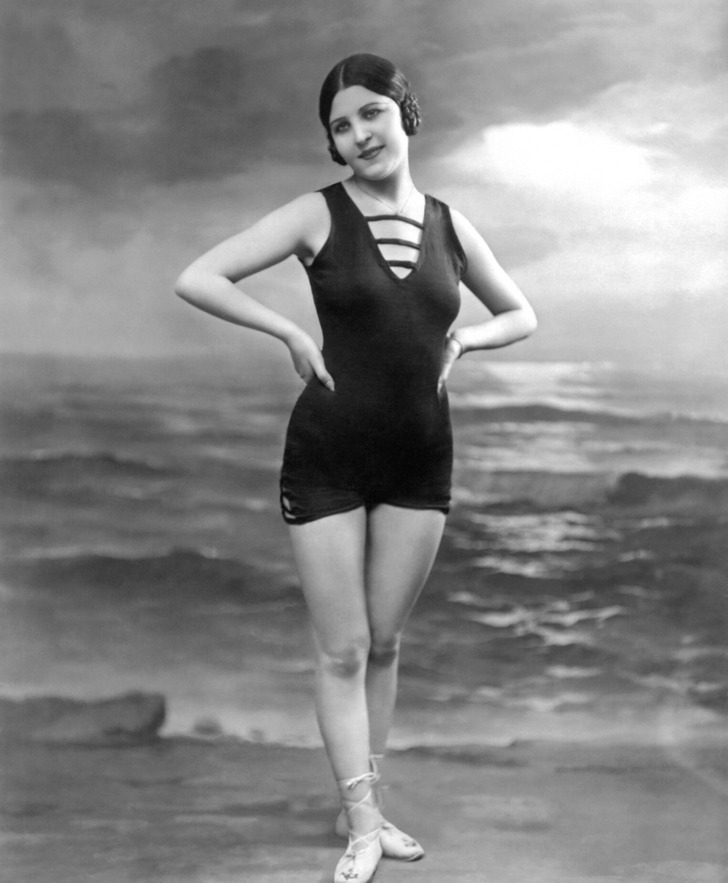
In later years, swimwear fashion was shaped by the influence of the Olympic Games. When swimming became an official Olympic sport, it quickly became clear that bulky swimsuits hindered athletes’ performance.
In 1912, female swimmers shocked the public by wearing more form-fitting suits that exposed their arms and legs. Naturally, many women were inspired by this bold change, and swimwear gradually became more revealing as a result.
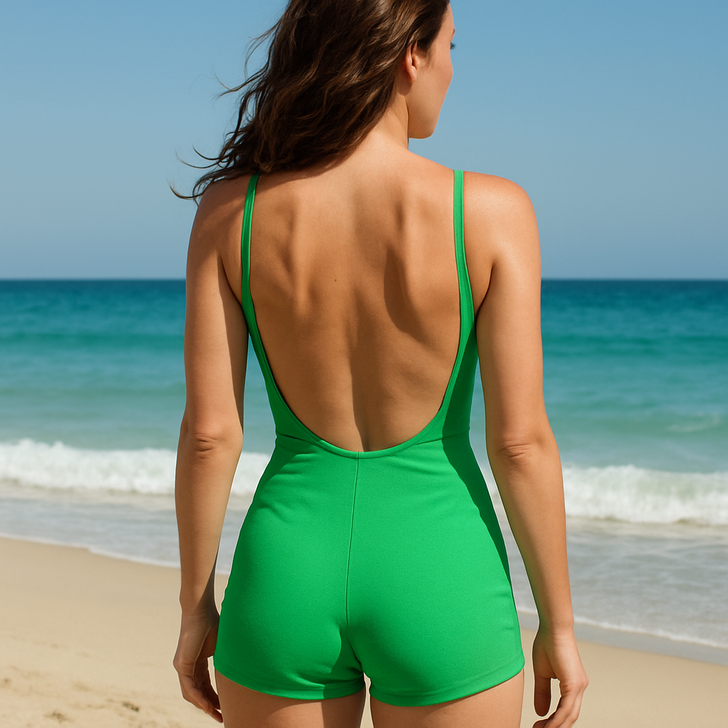
Women in the 30s were experimenting with tanning, and fashion designers were listening. Elsa Schiaparelli in 1932, came out with a backless design made with a built-in brassiere. That way, women can remove the straps and avoid tan lines.
In addition, legs were getting a bit more exposure with higher cuts. Designs with bows and collars were also becoming more prominent.
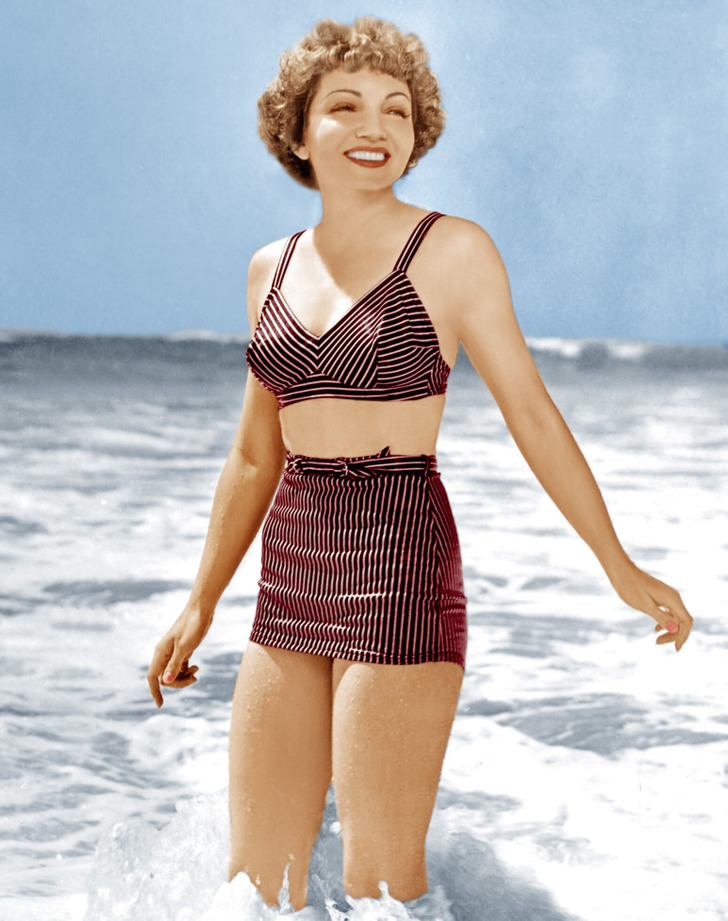
Bye-bye straps, hello strapless swimsuits. The 40s were making way to bolder swimsuit looks. To secure the strapless swimsuit, designers had built-in bras. Women also loved wearing skirted cuts where a panel was sewn at the front to give the illusion of a skirt. In the European side, French designer Louis Réard designed the timeless bikini.
During the late 40s, women had yet to embrace the bikini, but by the 50s, everyone wanted this hot new two-piece. But they weren’t the bikinis we know and love today. Instead, the bottoms were at a higher cut, near the belly button. Playful polka dots were also on-trend.
The 1952 Manina, the Girl in the Bikini star, Brigitte Bardot, gave a push to normalizing the bikini movement in Europe. The movie featured the actress wearing a strapless black swimsuit.
The ’60s saw big-name designers like Ungaro and Calvin Klein diving into ready-to-wear swimwear, making stylish suits more accessible. Rudi Gernreich shook things up with his infamous monokini, a topless one-piece with high-waisted bottoms and skinny straps that blurred the line between modest and daring.
Though the original design was more of a statement than a trend, it inspired plenty of bold, strappy styles. The monokini became a symbol of the era’s rebellious spirit, even if it was too radical for most to actually wear.
The ’70s brought barely-there bikinis in simple cuts and playful patterns, throw on some oversized sunglasses, and the look still feels fresh today. Thanks to Star Wars, metallic swimsuits in gold and silver blew up, with Carrie Fisher’s Princess Leia inspiring a futuristic trend. Earthy tones and asymmetrical one-pieces kept things stylish, while Farrah Fawcett made waves in her iconic red high-cut suit.
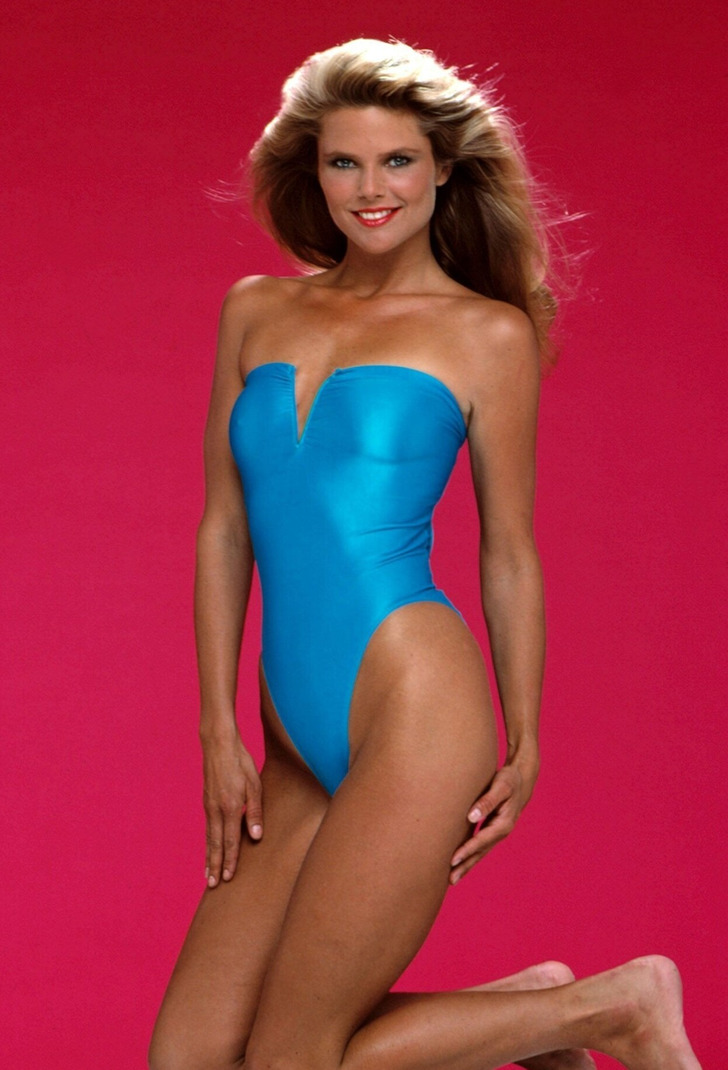
The ’80s turned swimwear into a high-energy fashion statement with bright colors, wild prints, and sporty silhouettes, think tankini tops paired with high-cut bottoms for maximum leg. Baywatch skyrocketed the red one-piece to fame in 1989, making it an instant beach classic.
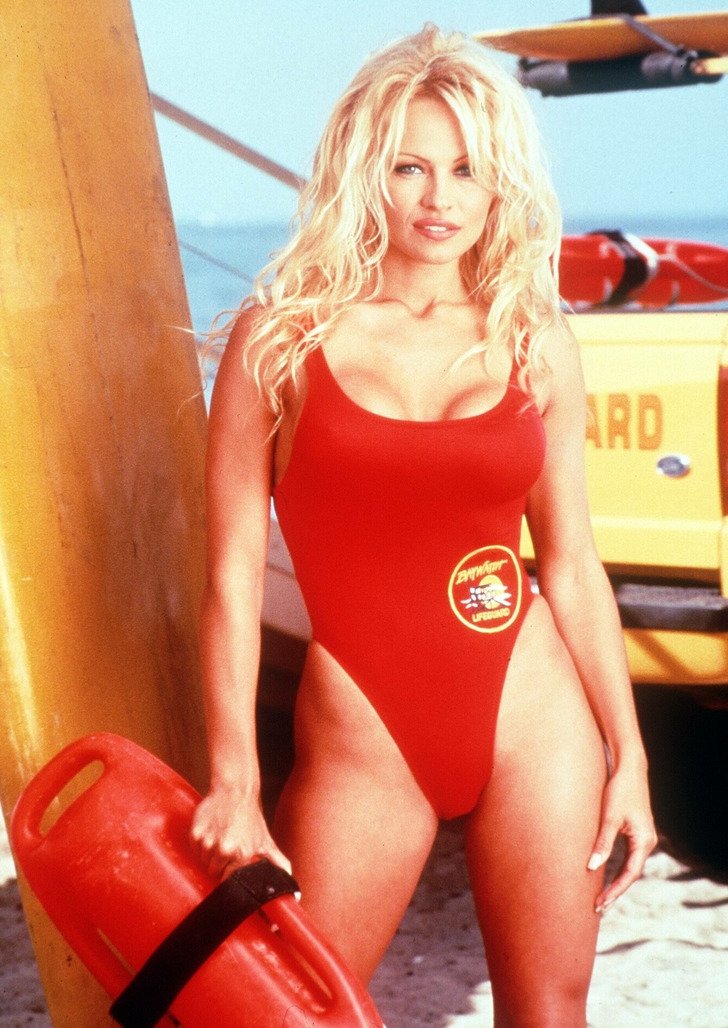
The ’90s kept the high-cut legs from the ’80s but added daring cutouts, making one-pieces just as flattering as bikinis. Thanks to new fabrics, tan-through swimsuits let sun worshippers get that bronzed Baywatch look without fully stripping down. Tankinis blew up by the late ’90s, offering a sporty yet stylish option with square necks.
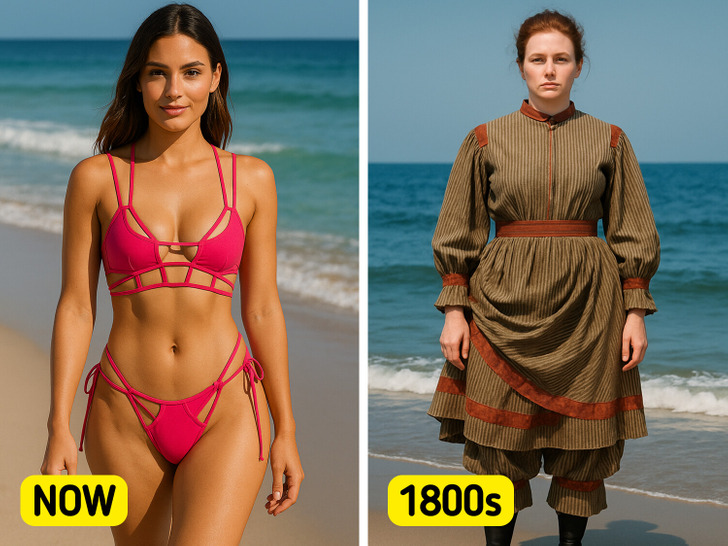
From the 1800s wool “bathing costumes” to today’s barely-there bikinis, swimsuits have done a complete 180. Today’s swimwear is all about choice, letting every woman rock exactly what makes her feel confident and comfortable.
Each decade pushed swimwear boundaries — from the daring monokini of the ’60s to Farrah Fawcett’s iconic red one-piece in the ’70s. Today, swimwear is more diverse than ever, celebrating all body types and styles. Just check out some of this season’s top picks.

